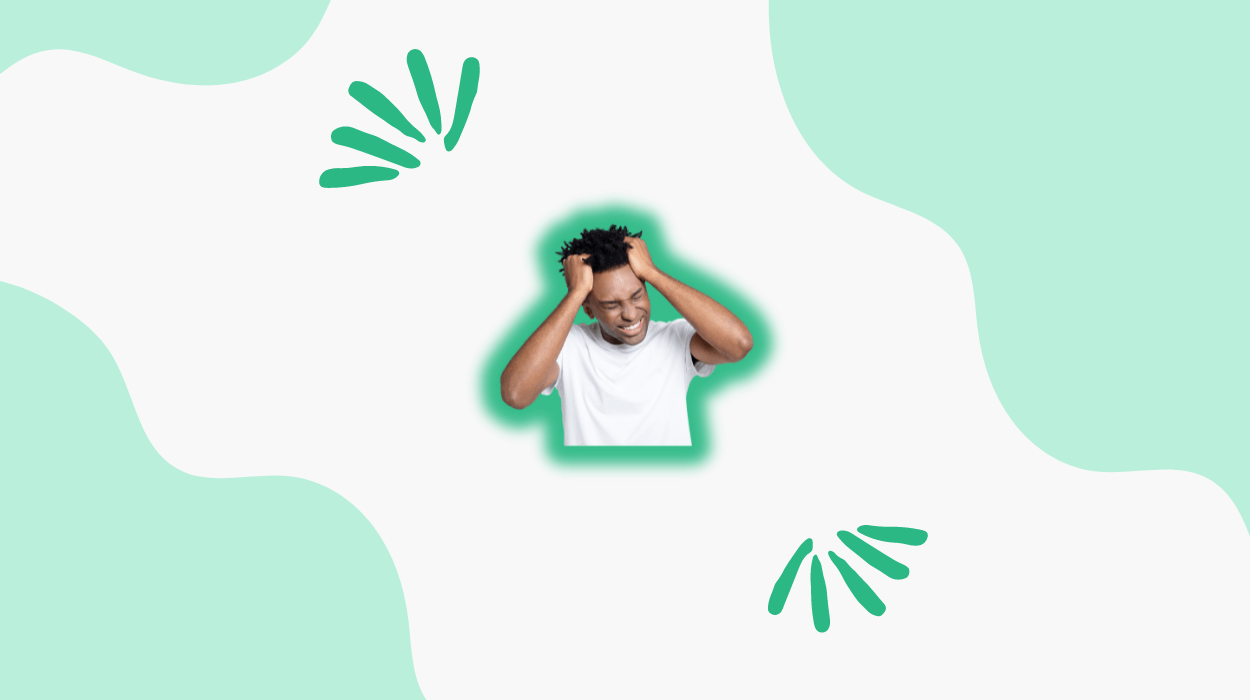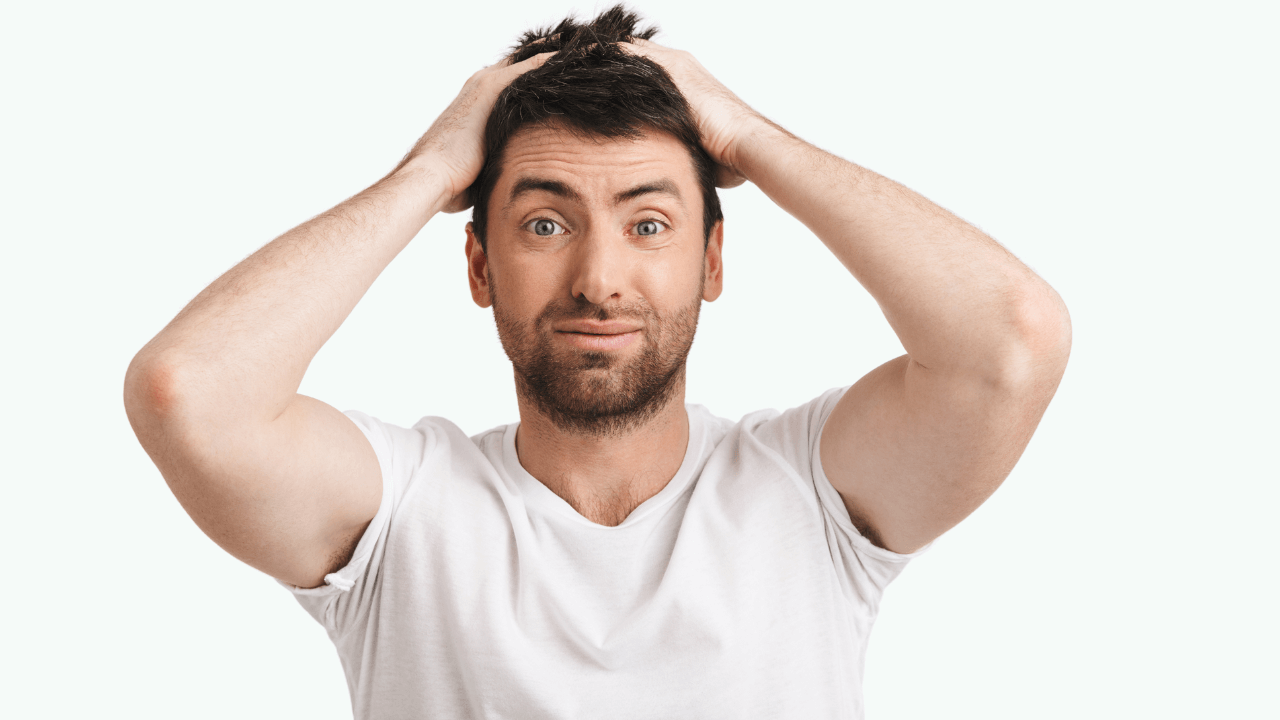

Trichotillomania, known as hair-pulling disorder, is a mental health condition characterized by persistent and overwhelming urges to pull out hair from different parts of the body, including the scalp and eyebrows.
This act of hair pulling is often a coping mechanism for stress, believed to stem from a blend of genetic predisposition, chemical imbalances in the brain, hormonal changes during puberty, and the development of a hard-to-break behavior.
The effects of Trichotillomania can go beyond physical appearance, causing emotional distress, low self-esteem, depression, and anxiety.
People affected by Trichotillomania must take proactive steps to seek appropriate care and support. Doing so could effectively help manage the condition and improve overall well-being.
Trichotillomania, commonly abbreviated as TTM, involves the tempting urge to pull out one’s hair, leading to bald patches and psychological distress.
This condition is classified under obsessive-compulsive disorder (OCD), and its severe forms could have severe side effects on a person’s happiness and overall functioning.
People with trichotillomania experience symptoms such as pulling hair from the scalp, eyebrows, or other body areas, accompanied by a growing tension before the act and relief afterward.
Visible signs like patchy hair loss or missing eyelashes are common indicators of this disorder. People often develop specific patterns or rituals around their hair-pulling behavior, contributing to the distress experienced in various settings such as work, school, or social interactions.

Trichotillomania, particularly in adolescents, teenagers, and adults, could significantly impact mental health, leading to feelings of anxiety, embarrassment, and shame associated with the condition.
People dealing with Trichotillomania may experience a range of mental health effects, including:
Repetitive hair pulling, especially when using tools like tweezers, could harm the skin and underlying tissue. This behavior can lead to some complications, including:
Trichophagia is a condition associated with Trichotillomania. People sometimes consume their pulled hair, potentially leading to digestive complications that may require surgical intervention. Trichophagia may affect around 20% of people with Trichotillomania.
When hair is ingested, it can form hairball-like blockages in the digestive tract. These blockages pose a significant risk, often necessitating surgical procedures to address the damage caused.
People living with trichophagia may encounter challenges in disclosing this behavior to healthcare providers, even after discussing their Trichotillomania.
This reluctance to share details about trichophagia may stem from a need to establish trust and comfort with their healthcare provider before disclosing such intimate information.
The causes of Trichotillomania are multifaceted and may include:
A complete diagnosis of Trichotillomania involves a thorough physical examination and a detailed inquiry into the person’s medical history and current circumstances.
Trichotillomania, although straightforward to diagnose in essence, could be challenging due to people often concealing their symptoms out of shame or embarrassment.
This concealment might hinder healthcare providers from solely relying on questioning for an accurate diagnosis, prompting the consideration of specific skin tests to aid in the diagnostic process.
During the physical examination, doctors inspect for visible signs of Trichotillomania, such as patchy areas of hair loss or severe damage to the skin caused by repetitive hair pulling.
A detailed inquiry into the person’s medical history is also essential to understand any underlying factors contributing to the development of Trichotillomania.
This inquiry may explore past experiences, current stressors, mental health history, and other relevant information.
A punch biopsy involves taking a small skin sample for laboratory analysis, helping in the accurate diagnosis of Trichotillomania. It may provide doctors with evidence to confirm Trichotillomania and exclude other dermatological conditions that could mimic its presentation.
Certain therapies may focus on helping people recognize their hair-pulling patterns, understand triggers, and learn alternative responses.
The table below summarizes the different therapeutic interventions used in treating Trichotillomania:
| Therapy Type | Description | Effectiveness |
|---|---|---|
| Habit Reversal Therapy | It aims to increase awareness of hair-pulling behaviors and replace them with healthier alternatives | Highly Effective |
| Group Therapy | It provides a supportive environment where people may share experiences and coping strategies. | Beneficial for Peer Support |
| Cognitive-behavioral therapy (CBT) | Focuses on identifying and shifting negative thought patterns and behaviors related to hair-pulling | Effective in Addressing Underlying Issues |
Symptoms of Trichotillomania may manifest as repeated hair pulling from various body areas, often accompanied by tension and followed by a sense of relief.
Hair pulling occurs in response to stress; people may engage in this behavior without conscious thought.
Specific patterns or rituals may characterize the hair-pulling behavior, contributing to the distress experienced in various settings such as work, school, or social situations.
| Symptoms of Trichotillomania |
|---|
| Intense urge to pull hair |
| Growing tension until pulling hair |
| Feeling relief after pulling hair |
Trichotillomania is categorized within the broader spectrum of obsessive-compulsive disorders, exhibiting distinct differences in manifestations and psychological mechanisms compared to typical OCD presentations.
OCD and Trichotillomania conditions share some similarities. However, it is important to understand the unique aspects that set Trichotillomania apart from obsessive-compulsive disorder:
Trichotillomania affects children and adolescents, but its impact is particularly pronounced in adult women. The reasons behind this gender discrepancy are complex and not yet entirely understood.
Factors such as hormonal influences, societal pressures, and genetic predispositions may contribute to the higher prevalence of Trichotillomania in adult women.
Complications stemming from Trichotillomania could significantly impact a person’s emotional well-being and daily functioning. These complications may include:
Trichotillomania is a complex mental health condition that might have significant impacts on daily functioning and quality of life.
People affected by Trichotillomania may experience increasing tension before pulling out hair, followed by a sense of relief afterward.
The manifestation of the disorder may vary between genders, leading to differences in recognition and diagnosis.
Treatment approaches for Trichotillomania typically involve a combination of medications, such as antidepressants and antipsychotics, along with therapies like habit reversal training and group therapy.
Understanding the symptoms, causes, and known treatment options for this condition may help people navigate its complexities and improve their well-being.
Tyler Read earned an undergraduate academic degree from Sonoma State University, California and is a certified personal trainer (CPT) with NASM (National Academy of Sports Medicine). With over 16 years of experience, Tyler has trained clients both online and in-person.
He is passionate about helping others turn their love for fitness into a career. Tyler has worked with many local and commercial gyms before establishing his successful private personal training business, which he continues to operate.
